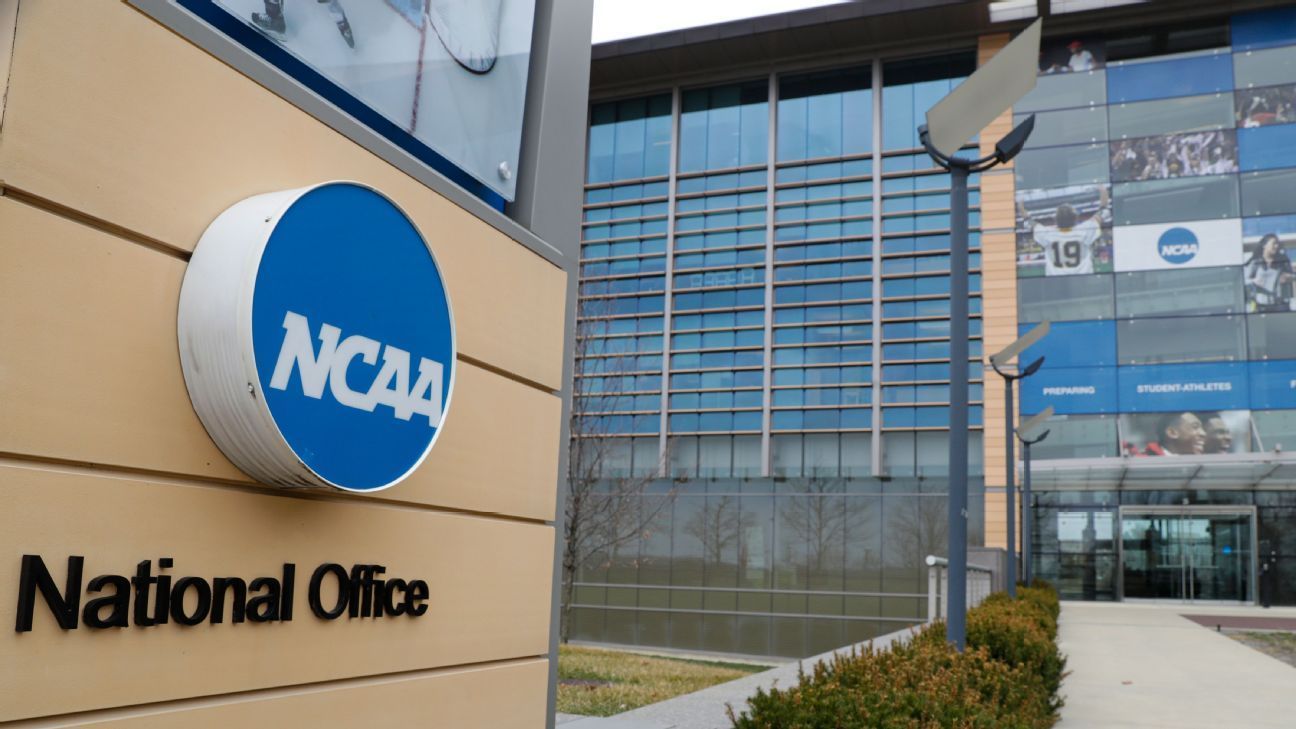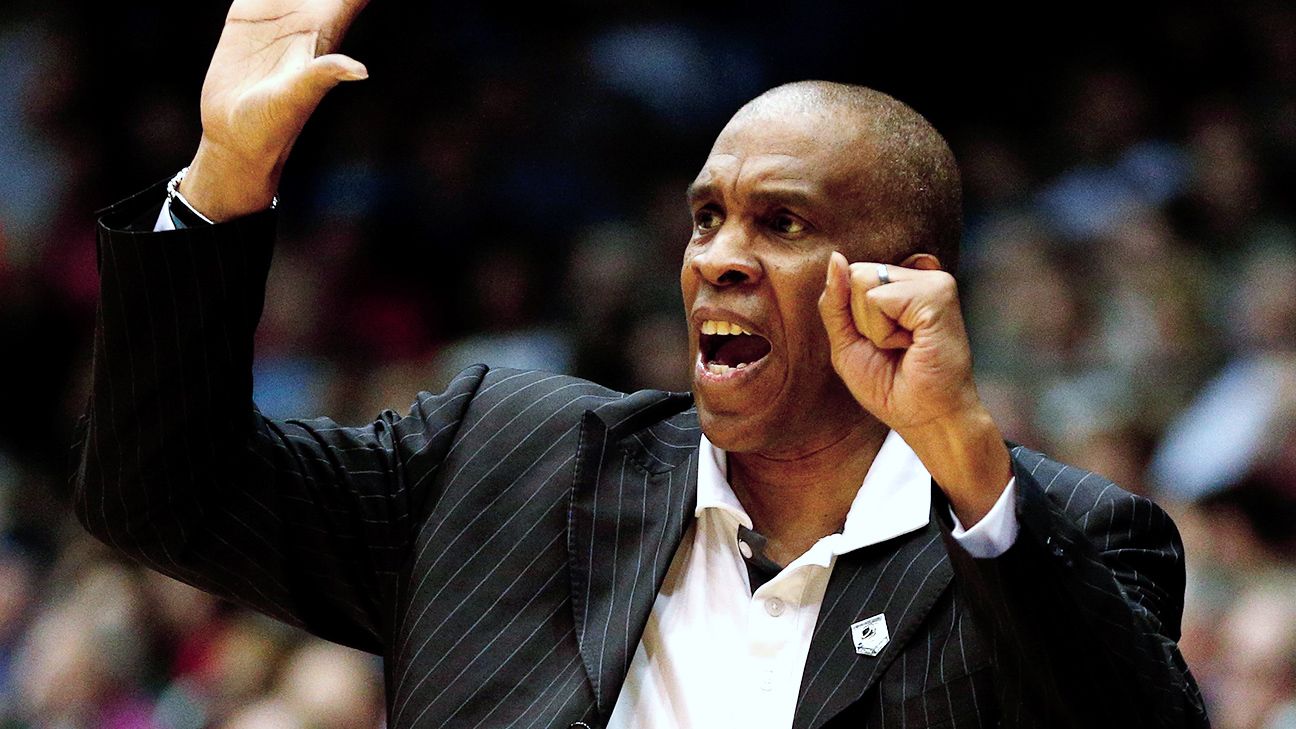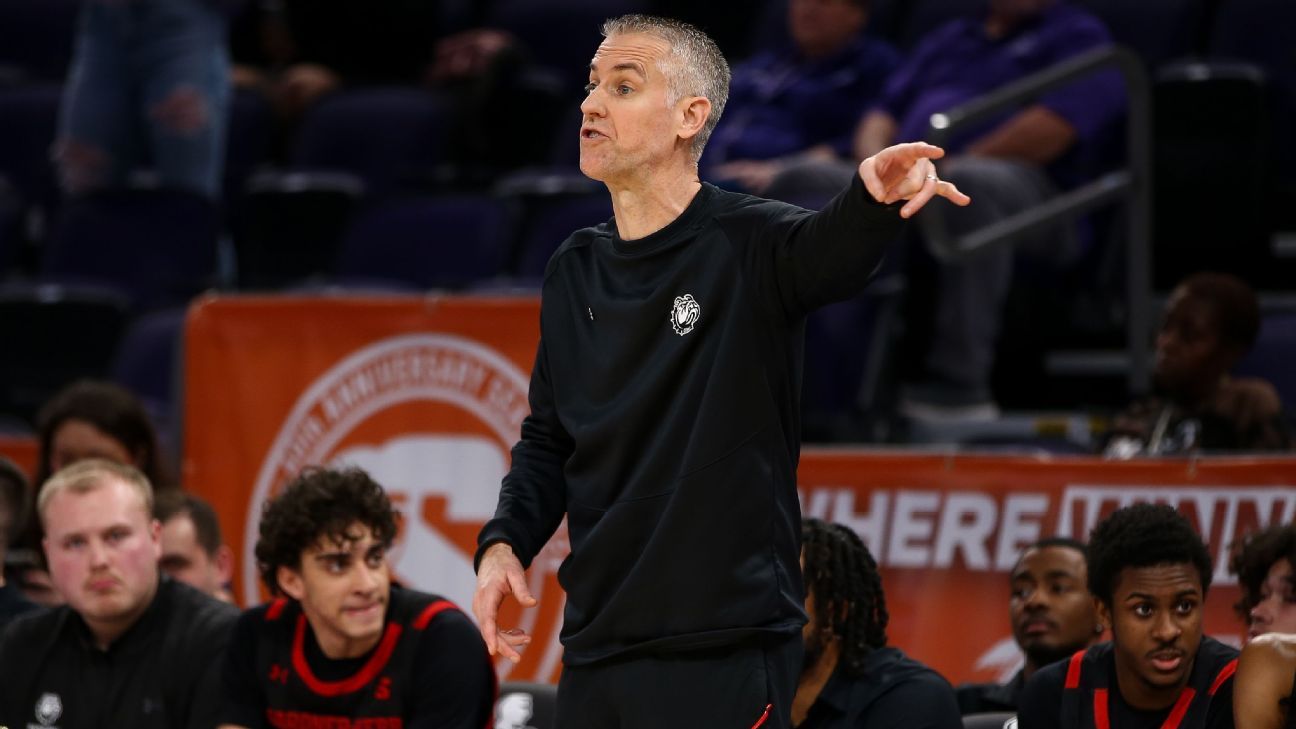The main decisions of the NCAA decision -making body will need the approval of the four main conferences, or the help of a smaller conference, to approve a set of rules approved on Tuesday that are designed to rationalize the way in which businesses do the largest university athletic supervisor.
The Southeast Conference had been pressing for it and the other three power conferences to receive a 17% voting participation in the Board of Directors of Division I recently remodeled, so that if one of the four conferences did not agree with a proposal that others could still unite it to approve it with 51% of the vote.
But the legislation only increased its voting participation to 16.1% each, which gives each conference to control a policy that it does not like.
The Board of the Board is about finance, litigation and infractions not related to the conditions established in the antimonopoly agreement of $ 2.8 billion that allows schools to pay players from July 1.
Although the NCAA practically does not play a role in the supervision of football of the Subdivision of the bowl, which is led by the University Soccer playoff, this is the last in a continuous impulse to give the biggest schools that play football more autonomy to make decisions throughout the university landscape. The vote will not directly affect the future of March Madness, where the expansion has been in the file, but it will not come this year.
Separately, the DI Board introduced a proposal to create three additional “units” to pay male and female basketball tournaments. They would go to the finalists in each tournament. “Units” are worth around $ 2 million and are commonly distributed to the conferences of the teams they play.
The main business of this week's meetings was to reduce the number of members at the Board from 24 to 13 people, and the representatives of power four had a little more than four times the voting power than the rest. If a Power Four member did not agree with the other three, then one of the other nine members could still help to approve voting in favor.
In May, the SEC Commissioner, Greg Sankey, said that the reason he sought more voting power was “because someone cannot go to that level between four and everything stops.”
The NCAA promoted the elimination of approximately 32% of its Division I committees as a strong sign that a long -term rationalization process worked. He also said that athletes will have 40 more seats in 30 committees and will have voting seats in almost all of them.
Neither Sankey nor the other three Power Four commissioners immediately responded to Associated Press requests to comment.
In a press release, the NCAA supplied a reaction of six university sports leaders, only one of which, the president of Virginia Tech, Tim Sands, who is president of the Board of the NCAA, represented a power conference.
“The Board's vote to implement this new structure reflects the association's commitment to a modernized approach to govern us in the future,” Sands said.
Sun Belt Commissioner Keith Gil, who is president of the Male Basketball Committee for next season, said he applauded the work of the Board.
“While I recognize that all the constituencies did not obtain everything they wanted, it is a good government framework that will allow us to prosper in the middle of the collegiate athletics panorama,” Gil said.












